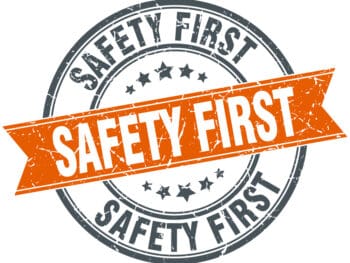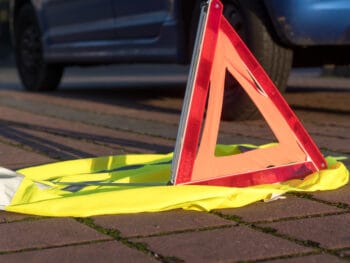
Committee Objective and Purpose
No two safety committees will look alike. A number of factors that influence the internal operations of a business and its demands will dictate their size, shape, structure and objectives. Overall, they should have a similar purpose. That being to promote a safe work environment and improve the well-being of all employees.
When establishing or re-evaluating an existing safety committee, it is important to look into common traits of successful groups. These include:
- Development of a safe work place and defining the objectives with safety and productivity in mind;
- Prepare or review safety programs that are typically implemented by the human resources department and provide effective safety suggestions;
- Provide training on important workplace safety issues. These include office security, compliance with applicable regulations and a plan on how to respond to a variety of accidents, injuries and other emergencies; and
- Assist as needed in accident investigation and response.
It is important for an employer to help a safety committee effectuate positive change. If there is no “buy-in” from management and other stakeholders, having such group is pointless.
Scope of a Successful Safety Committee
When starting a safety committee in your workplace, the first objective should be to define the roles of committee members and set realistic goals. Membership should include a representative cross-section of the company. Members should include management, labor leaders, if applicable, middle management and general office employees. It is important to empower all members of the committee. Everyone on the committee must have a voice, and his or her concerns should be received with respect.
It is also important to define the roles of committee members. This may include a formal chain of command that includes a committee chair, vice-chair, other officers and general members. Membership roles and terms must be defined to provide clarity. Rotating membership is also important so all business segments can have a voice.
Ensuring a Safety Committee’s Success in Your Organization
It is pointless to have a committee and not highlight their work and accomplishments. Taking proactive steps from the onset will ensure a safety committee gains credibility with all employees. Some things to consider once a safety committee is operating include:
- Defining a clear agenda that is published for everyone to know what is being discussed;
- Taking minutes from each safety committee meeting. What takes place at safety committee meetings should also be published in a conspicuous location. Suggestions may include posting them in a common area such as a break room, or on a company-wide Intranet site;
- Highlighting the accomplishments of the committee will further advance the interests of safety and set the right tone; and
- Encourage and acknowledge feedback will enhance safety best practices within the organization as a whole.
It is important for a safety committee to be visible and proactive. It can also help reinforce safety reminders discussed in meetings and promote a consistent message.
Conclusions
Having a safety committee is an effective and efficient tool to reduce workplace injuries and workers’ compensation costs. It requires a commitment from all interested stakeholders within a company.
For additional information on workers’ compensation cost containment best practices, register as a guest for our next live stream training.

Contact: mstack@reduceyourworkerscomp.com.
Workers’ Comp Roundup Blog: https://blog.reduceyourworkerscomp.com/
Live Stream WC Training: http://workerscompclub.com/livestreamtraining.com
©2017 Amaxx LLC. All rights reserved under International Copyright Law.
Do not use this information without independent verification. All state laws vary. You should consult with your insurance broker, attorney, or qualified professional.








Every employee must know the safety measures at work. It is important to do so in order to avoid accidents at work. Strict compliance must be applied to everyone.